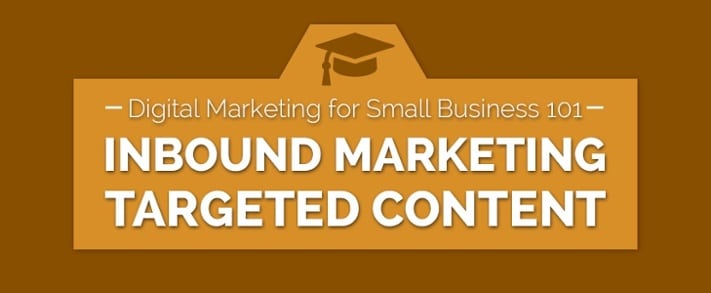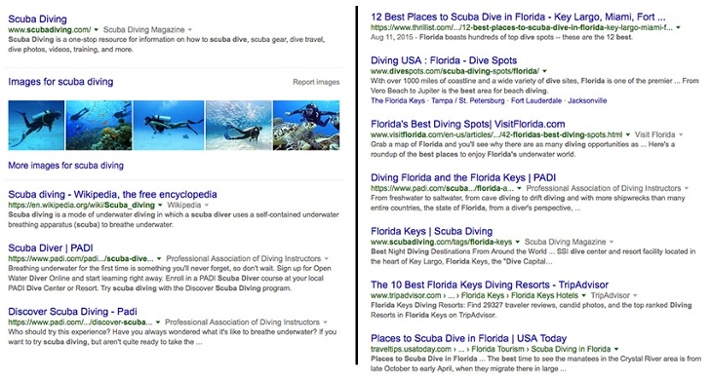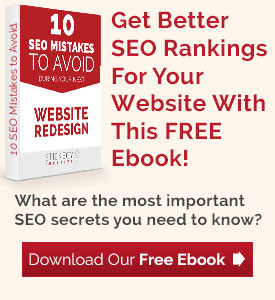27 July 2016
Digital Marketing for Small Business 101: Inbound Marketing Targeted Content
Want to turn your website from a liability to an asset? Great! We’re going to discuss Digital Marketing for Small Business all week this week – specifically Inbound Marketing, and how it can help your business.

Inbound marketing is a marketing framework that can be summarized as this:
The best way to your ideal customer is by providing the right content at the right time.
To leverage this framework, you’ll need to understand the main three parts of the inbound strategy:
- Ideal Customer, or Buyer Personas
- Quality Content, blog posts, landing pages, Ebooks
- Correct Timing, or The Buyer’s Journey
It’s a powerful framework that is built around how people are shopping for goods and services on the internet. We’ve covered the first part of this method in Part 1, which you can read by clicking here.
Now that you know about Buyer Personas, how do you best position yourself to be found online? What your customers looking for? Watch this video and read on where we focus on Part 2: Targeted Content.
Interested in more about content targeting and how it can help focus your business’s marketing? Schedule a FREE 30 minute live demo to find out.
Keywords are how customers find your services online. They’re going to search engines and typing in their problem, hoping to find a solution or opportunity – one like what you offer. So naturally it means that you should find out what those keywords are and make sure that you’re “ranking” for them. Only it’s not that easy.
Step 1: What Is Your Customer Looking For?
Let’s start with a quick scenario. You’re interested in scuba diving because your friend just got back from Naples, Florida and was raving about it. All you know about scuba diving is what you’ve seen in movies and on TV. So you start looking into what scuba diving is like, what sort of things you can do while scuba diving, maybe watch some videos of people talking about how great the experience is, etc. Then you research information on what kind of equipment you’ll need and places you can go scuba diving.
The entire time you’re doing this, you’re searching and consuming content – you’re looking for more information on scuba diving so you can see if this is something of interest to you. You’ll be looking up various topics on search engines, maybe watching videos, checking out groups on social media – you’re seeking information.
Your customers are doing the same thing. Every day.
Step 2: How To Position Your Brand With Content?
Content is how you make sure that when your customer is looking for the solution to their problem, or the opportunity they need, they find your message providing them with the information. By providing high-quality content, you can engage your customers by empowering them with the knowledge they’ll need to make smarter purchases.
To put it another way, in the the example above with scuba diving, you could do the following:
- Blog posts about the best places to dive in Naples and Fort Myers, Florida
- An Ebook on all the equipment someone would need to buy to get started scuba diving
- A video series showing proper maintenance of scuba equipment
- A checklist for all the necessary gear that someone would need before they leave their house so they don’t forget anything
- Social media posts showing your existing customers and their favorite tips about each dive
All of this is highly targeted content that you can provide to your prospective customer that they’re looking for anyway. Would you rather they got this information from your competition, or from you?
Step 3: How To Target This Content
Now that you have the content and the buyer’s persona, how can you make sure it’s found? You’ll want to make sure if someone goes to Google, Bing, or Yahoo and starts looking, that they’ll see your content above all others. You target your content through keywords. Specifically, something called “long tail keywords”.
Long tail keywords are highly targeted and are used by a more specific and motivated buyer. Let’s say someone searches for “scuba diving” vs. “best places to scuba dive in florida” in Google. This is what they’ll see:

The left has 39,300,000 results, the top ones are a Wikipedia result explaining Scuba Diving, Scuba Diving Magazine, PADI certification, some scuba diving images, scuba diving news, etc. So if you were to create any content and try to focus on the keyword “scuba diving”, you’ll get lost in a sea of content that may be related to what you’re offering, but might not be exactly what your customer is looking for.
The right has much fewer results and they’re more targeted for what I’m looking for. I’m actually looking for something specific to scuba diving – the best places to do it. That’s called a “long tail keyword”, it’s a longer, more focused keyword. Because it’s more focused the customer is closer to buying and there’s less competition for it. You’ll notice this search result doesn’t have a lot of the broad results the first one had.
Understanding digital marketing for small businesses can be tricky, that’s why all this week we’ll be going over Inbound Marketing. Later this week is the last piece of the puzzle: The Buyer’s Journey. With that, you’ll be able to take your Buyer’s Persona, the Targeted Content, and know how best to structure it to get leads.
Continue onto part 3 here:
Digital Marketing for Small Business 101: Inbound Marketing Buyer’s Journey
Interested in more about content targeting and how it can help focus your business’s marketing? Schedule a FREE 30 minute live demo to find out.







